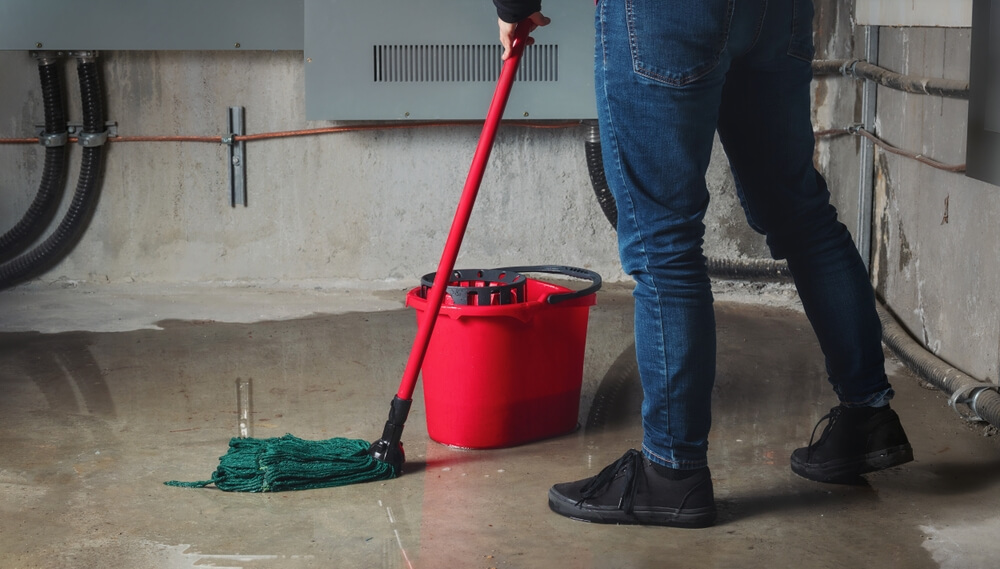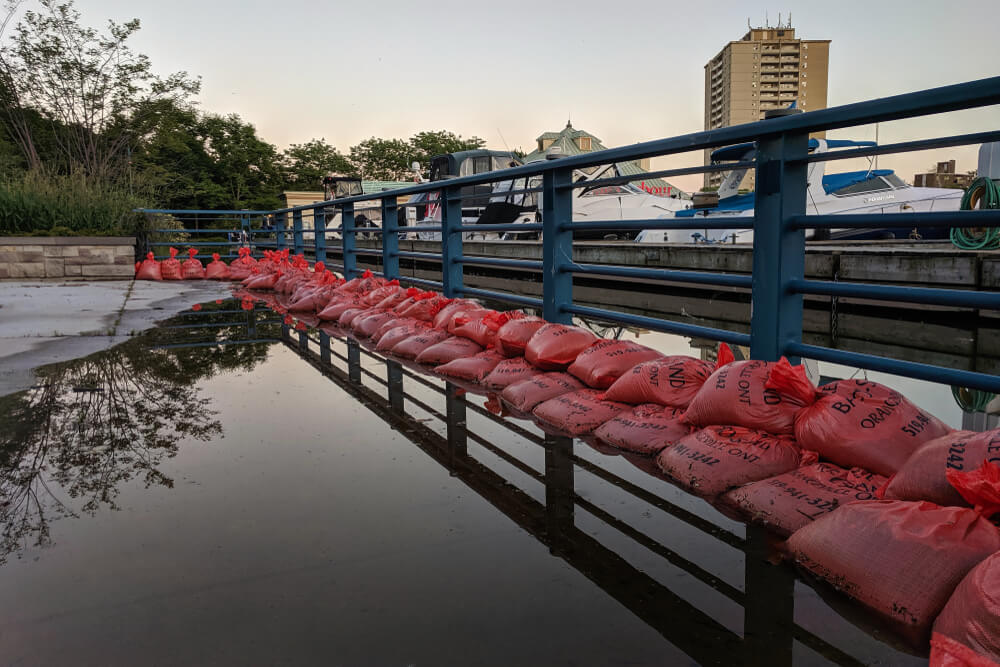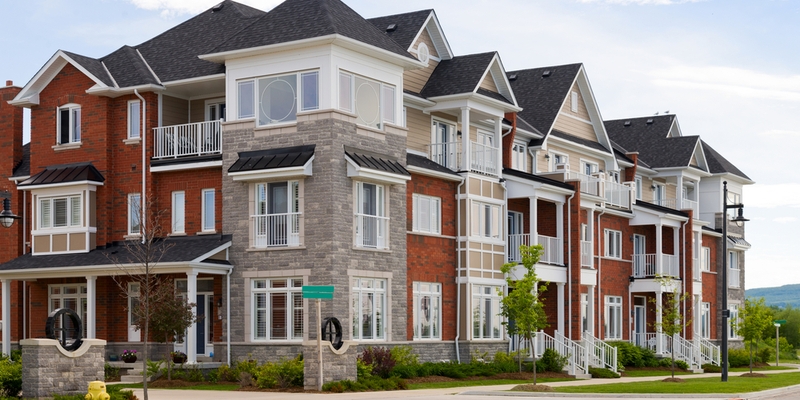
If you are not redirected within 30 seconds, please click here to continue.
Samedi: 10h – 16h HAE

If you are not redirected within 30 seconds, please click here to continue.
If you are not redirected within 30 seconds, please click here to continue.
How to lower home insurance rates by keeping your home in good shape

Keeping your home in good condition will not only improve your quality of life but potentially lower your insurance rates too.
After all, the less things break, the less reason there is to file a claim. Having fewer claims on your record signals to insurers that you’re a lower risk, which in turn motivates them to reduce your rates.
And even worse than having to make a claim is having to make a claim and it getting rejected.
Some claims can get rejected if the cause of damage is determined to be poor maintenance. For instance, if your roof hasn’t been repaired in over 10 years, any damage related to it could be seen as negligence on your part. That means that you’d either have to pay for the repairs yourself or receive reduced coverage.
The bottom line is – investing in your home pays off. Here’s what to focus on.
Mitigate humidity damage
Humidity can lead to mould and mildew buildup, both of which can pose serious risks to your health. Humidity can also damage your carpets, flooring and even furniture.
The most at-risk places are your showers and bathrooms, but if the rest of your home is poorly ventilated, you may not be safe either.
Indoor temperature should be around 20 to 25 degrees Celsius, while your humidity should range from 40% to 60%. If your humidity level is consistently above 60%, then you may have a ventilation problem. Get your HVAC system checked (it’s a good idea to do so monthly, if you can) to ensure there are no issues.
If you spot mould or mildew buildup, be sure to scrub it off as soon as you can. It often accumulates in bathrooms – usually on tiles and grout as well as caulking around your sinks, toilets, showers and bathtubs.
Be sure to check your fixtures and pipes for discolouration and leaks, as those could be a sign of wear or corrosion (caused by – you guessed it! – high humidity).
Your policy’s standard water damage coverage does protect your home against leaks and floods – if caused by indoor appliances, plumbing or fixtures, as long as the damage has be to be sudden or unexpected. However, in most situations, damage from mould, high humidity or dampness won’t be covered.
Inspect and test all your appliances and systems
Your home is a network of multiple systems and appliances, all of which will wear out over time.
Here are some of the systems you should keep in mind:
Dishwasher
Clean your dishwasher as indicated by the manufacturer to avoid leaks and clogs.
Your HVAC system
In addition to poor ventilation and air quality, a badly maintained HVAC system can cause carbon monoxide poisoning, which can be lethal in high doses. As part of your maintenance, you should replace your filters every 30 to 90 days.
It’s also a good idea to do a top-to-bottom inspection of your system, including its air conditioning coils, drain lines, ducts and so on. You can call a professional to the inspection for you.
Plumbing system
Check your metal pipes for rust buildup or discoloration, crimpling or cracking on pipes made of plastic, polymer or PEX as well as discoloration or frayed metal on braided supply hoses. You should also watch out for any conspicuous leaks, especially in your basement.
Related: Can your home insurance provider stop covering your water damage claims?
Refrigerator
Replace water filters in your refrigerator when necessary. You should also examine the floor for moisture in case there are subtle leaks (e.g., some refrigerators have poor insulation, leading to ice melting and leaking out).
Security system
Test your security system regularly, especially if you rarely have anyone in your house. A properly functioning security system will help you reduce the chances of theft or vandalism.
Smoke and carbon monoxide detectors
Test and replace batteries in all your smoke and carbon monoxide detectors. It’s a good idea to do so at least once a year to avoid extensive fire and smoke damage.
Washing machine
Regularly clean your washing machine. Inspect the attached hoses monthly and replace them every two to four years to avoid leaks.
Read more: Can an old appliance impact my home insurance coverage?
Check your home for structural weaknesses
Other things to watch out for include potential structural weaknesses in your:
- Roof: Your roof can succumb to damage from water or severe weather more easily as it gets older. You should repair it every 10 years, if you can. If your roof is old, check your attic to ensure no moisture got inside, as it could cause further damage.
- Deck: Check your deck for wood rot, creaks and excessive moisture to avoid further damage.
- Flooring: Check your floor for larger-than-normal gaps between planks, pest or insect damage, warping or buckling, cupping or crowning as well as stains or discoloration.
- Windows: Make sure your windows are properly insulated. This will prevent from them from accumulating moisture, which could lead to mold or mildew.
Take a walk around your property
Your home needs as much maintenance on the outside as on the inside – if not more so. Here’s what to watch out for:
- Clogged gutters: Clear them of obstructions such as leaves to protect your home from potential leaks or floods caused by excessive rain or thawing snow.
- Messy lawn and/or backyard: Keep your lawn and backyard clear of weeds, dead leaves and debris, as those can attract pests and pose a fire risk to your property.
- Trees: Inspect your trees for hanging branches, cracks or fractures, damaged roots, decay and similar hazards. Trim the branches or remove the tree entirely, if necessary.
Final word: Some things you can’t DIY
While your home is your responsibility, that doesn’t mean you should do everything yourself. One of the easiest ways to inspect your home is by walking through it and paying to attention to various sounds and structural weaknesses.
The problem is that you won’t get to every nook and cranny by doing just that – and you may not have the time to do more. That’s why we recommend calling a professional home inspector to do all that extra work for you.
Our suggestion is to do your ‘walk-arounds’ on a yearly basis and call a professional every three years. That should help you avoid any potential issues. If you do spot a problem, take care of it as soon as possible.
It’s very easy for something to spiral out of control. A leaky roof can lead to moisture in the attic. Moisture in the attic can cause wood root. And so on.
Don’t stress about it, but don’t be idle either.
Read next: 4 easy ways to save on home insurance
Get money-saving tips in your inbox.
Stay on top of personal finance tips from our money experts!










